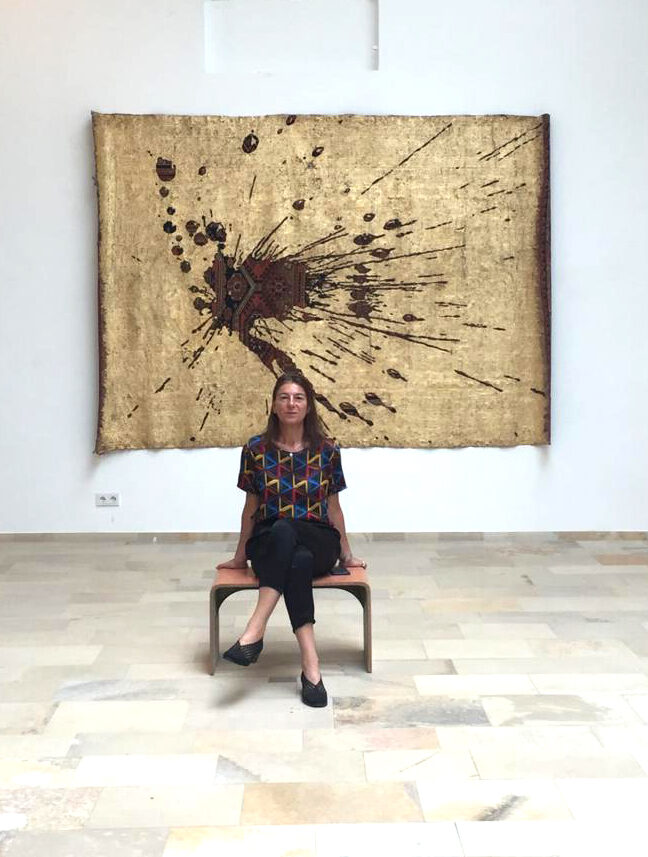“They believe in me, and I believe in them,” says gallerist Marion Friedmann as she discusses the designers she represents and the strong relationship that has been built between them. “It is based on mutual trust and collaboration.”
Originally studying economics and living and working in Vienna, Friedmann had always had a personal passion for collecting design and learning about different eras and styles. However, it wasn’t until she took a six-month road trip through Mexico that she decided to change course and explore her creativity even further. “I bought a car in San Francisco and drove alone through the whole country – it was a wild adventure,” she says. “But it made me fall in love with Mexico.”
I bought a car in San Francisco and drove alone through the whole country – it was a wild adventure. But it made me fall in love with Mexico.
Marion Friedmann, founder, the Marion Friedmann Gallery
Back in Vienna, where Friedman had lived for 16 years, she decided to make a change. Moving to London a year after returning from the road trip, she embarked on an interior design course at the Chelsea College of Art to investigate her dream of becoming a designer herself. “However, I realised I wasn’t so good at drawing, so I then changed to study an MA at Kingston University called Curating Contemporary Design,” she says. “I did this for another year, and it really brought me to where I am now, as I am a better observer than being a designer myself.”
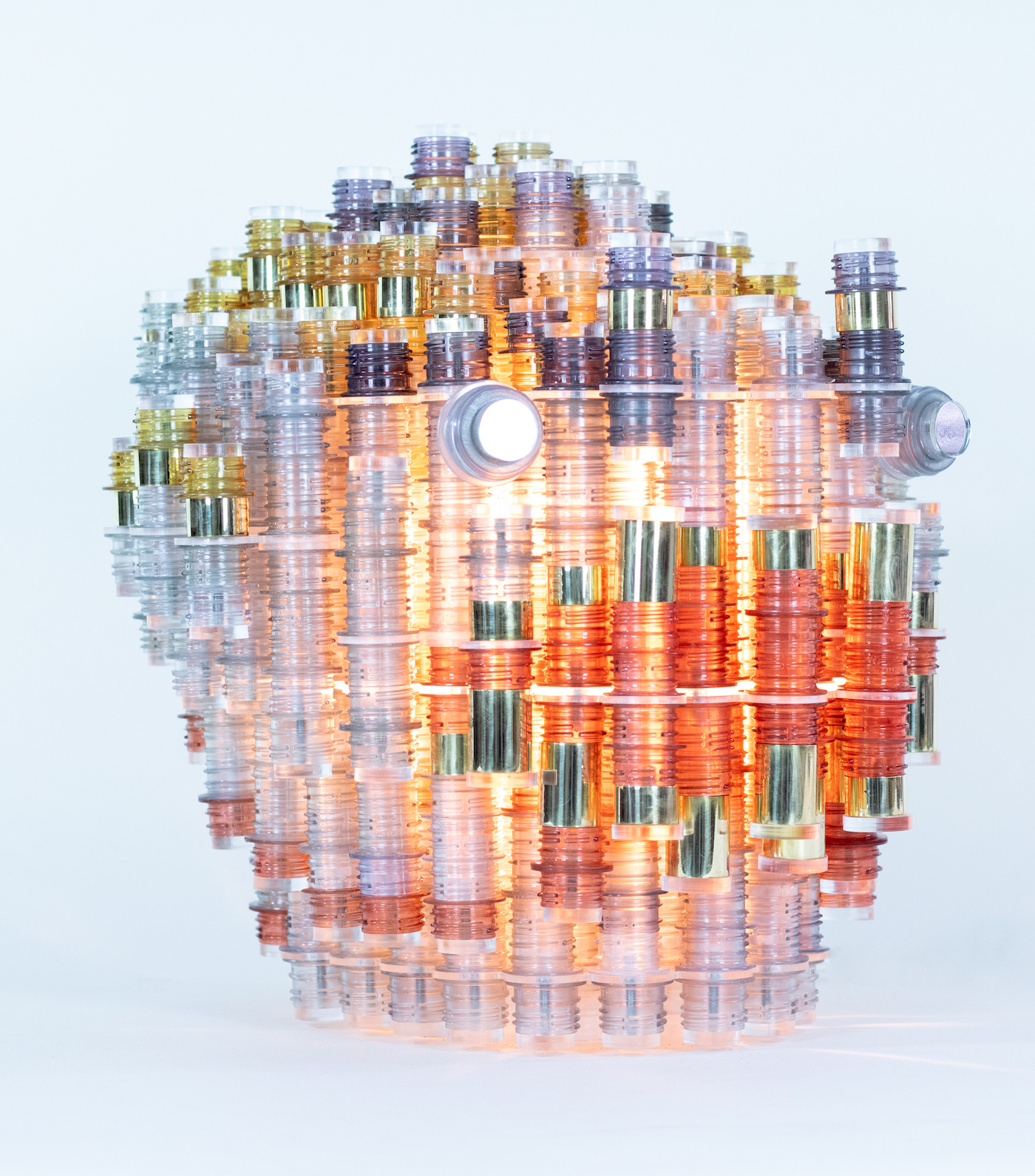
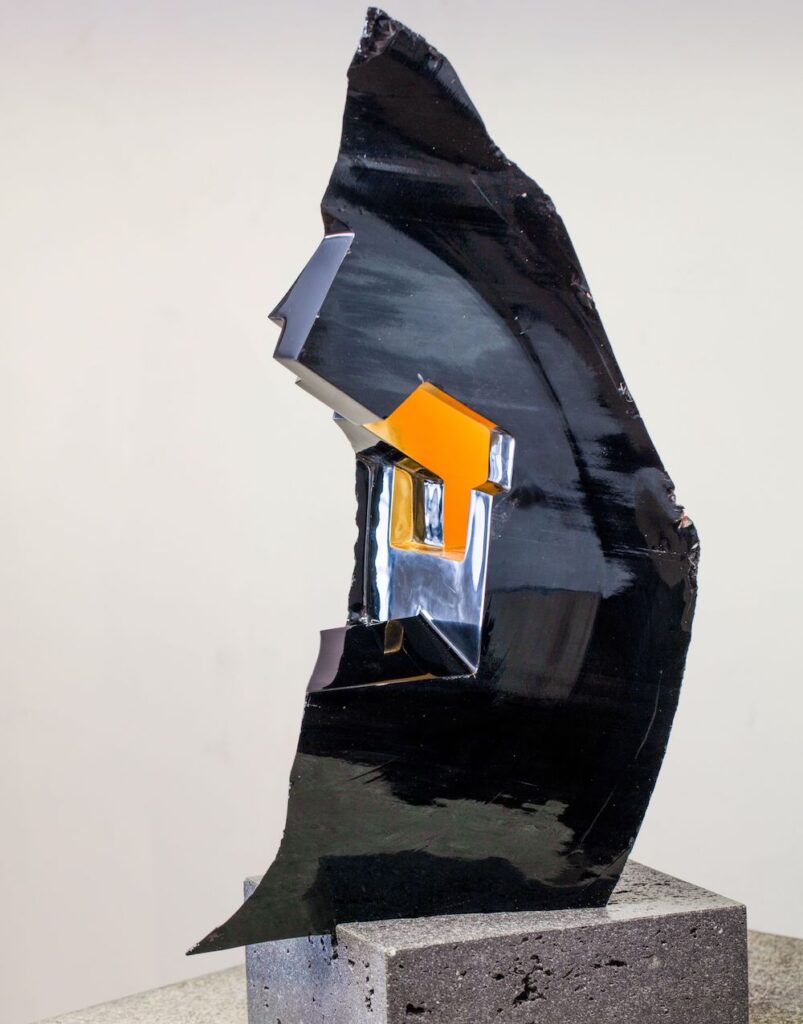
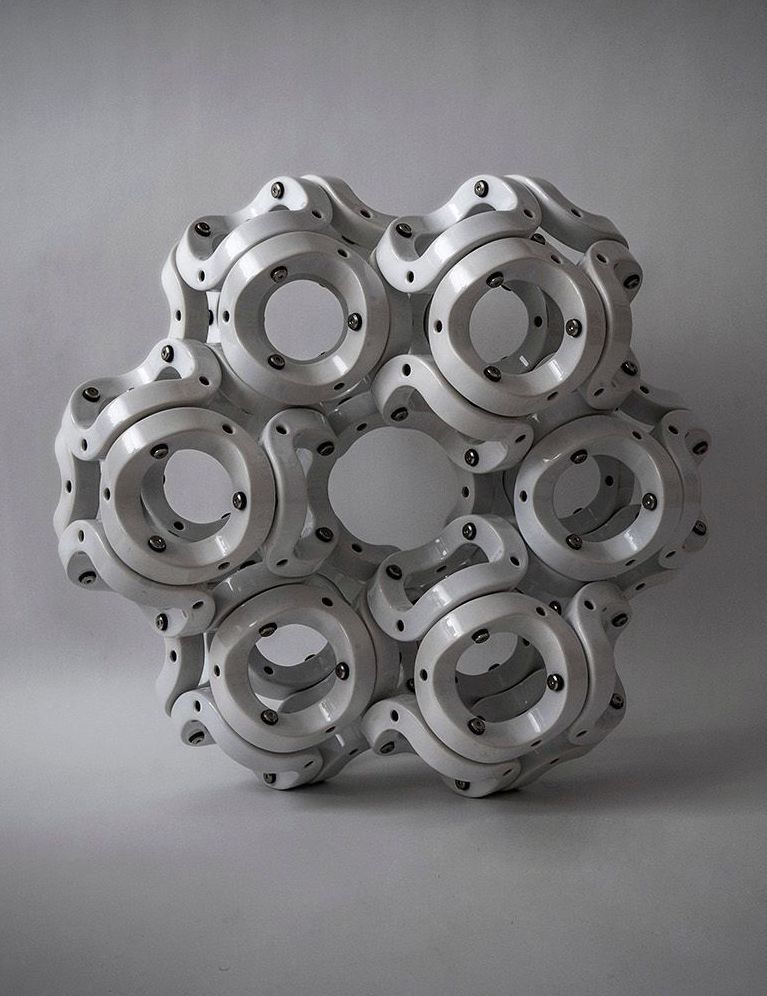
Following her time at Kingston University, Friedmann then joined the team at London’s Victoria and Albert Museum (V&A), where she worked part-time for nine years in research and curatorial assistance for contemporary design and sculptural projects.
While working at the V&A and five years after her initial Mexican road trip, she was asked to contribute to a private project looking at megacities and the influence they have on creatives residing in them. Mexico City was the first to be studied, with different experts asked to conduct research in three creative groups: architects, designers, and artists. Friedmann was assigned the task of interviewing 40–50 people, from designers to curators and journalists – essentially, anyone who was immersed in the city’s design scene. “It was a mind-blowing eye-opener,” she recalls. “I found so much talent and interesting work but most of all, such enormous potential. I could feel how the design scene was still in its early days, and it felt such a coincidence to be reconnected with it.”
While the original project never materialised, Friedmann was inspired to make use of the knowledge she had learnt. “I always had in mind to either do a PhD or a gallery but this time I thought no, not the books again,” she laughs. “I kept it practical and as I had built a good network by then, I decided to open a gallery.” Launching the Marion Friedmann Gallery in 2011, its first show was at London Design Festival, showcasing the work of French-Mexican designer Thierry Jeannot and Austrian artist Gisela Stiegler. Titled Enlightened Waste, it was one of the first exhibitions of its kind, showcasing a series of glass-like chandeliers made from plastic bottle waste salvaged from the streets of Mexico City.
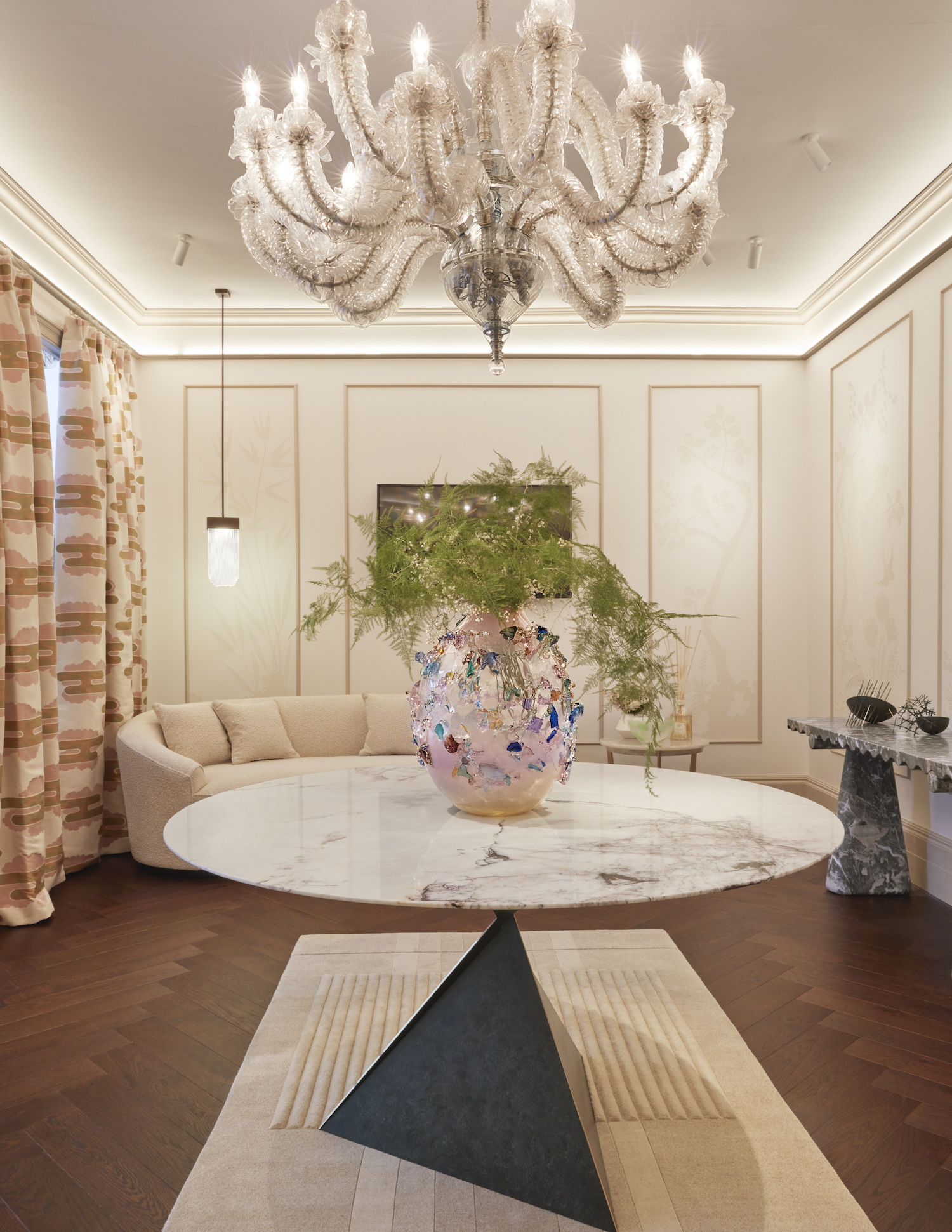
It received a lot of attention from the press and was named one of LDF’s top three events by a French trend-forecasting agency. One of the chandeliers was also recently showcased at the WOW!House installation at Chelsea Harbour Design Centre, in an installation curated by interior designer Shalini Misra with the narrative behind the series becoming even more relevant in recent times.
On bringing Mexican design to a global audience, Friedmann says it is critical in preserving the traditional skillsets of the country: “In each part of the country you’ll find unique artisans, techniques and different embroideries and materials, making it an incredibly vast wealth of craft and talent,” she explains. “Many designers are also working with indigenous communities which is a delicate undertaking to ensure they aren’t overwhelmed but, through building trust and paying them well, it is ensuring these vital skillsets and communities are not dying out.”
Friedmann also reveals how interest from the country’s own pool of design-buyers has only changed in recent times. “Locals previously chose western design and didn’t invest much into buying local design,” she says. “However, after 11 years of working there, it has really changed and the local market has expanded. They are now proud of their own talent, and it has been pivotal in its prosperity.”
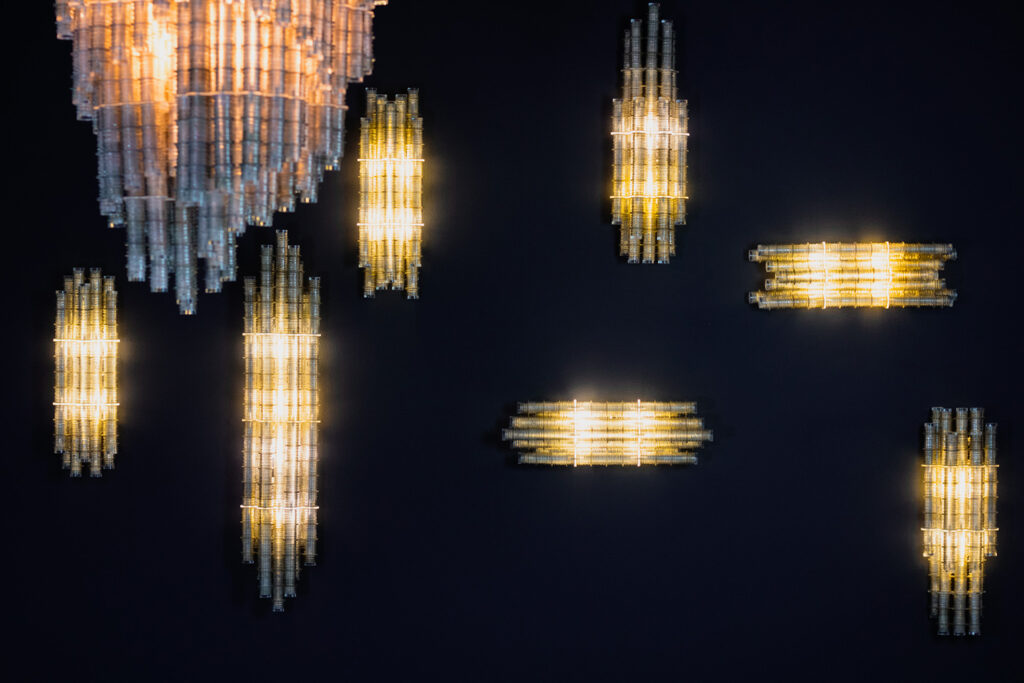

Speaking of her own success, Friedmann says how sales has always been the biggest challenge, especially as a nomadic gallery. Since leaving the V&A and working on the gallery full-time for the last four years, she reveals momentum is gaining and the upcoming future is an exciting prospect. “Moving deeper into the online space was accelerated during the pandemic,” she says. “Partnering with external platforms has been a tremendous help as they have become my storefront.”
Design is shifting. It is amazing to see how we are valuing craft once again and it is important we move back to smaller-scale production… it preserves skills and allows buyers to own something unique and individual.”
Marion Friedmann
Friedmann also discloses how she is considering an online shop to sell smaller and more accessible design objects. “I want to make a statement that Mexican design has the same level, quality, and potential as any other region.” While the gallery currently focuses on Mexican and Austrian design, Friedmann is hoping to explore other areas of Latin America in a quest to represent further design regions. “Design is shifting,” she says. “It is amazing to see how we are valuing craft once again and it is important we move back to smaller-scale production. Not only is it more transparent and responsible, but it also preserves skills and allows buyers to own something unique and individual.”

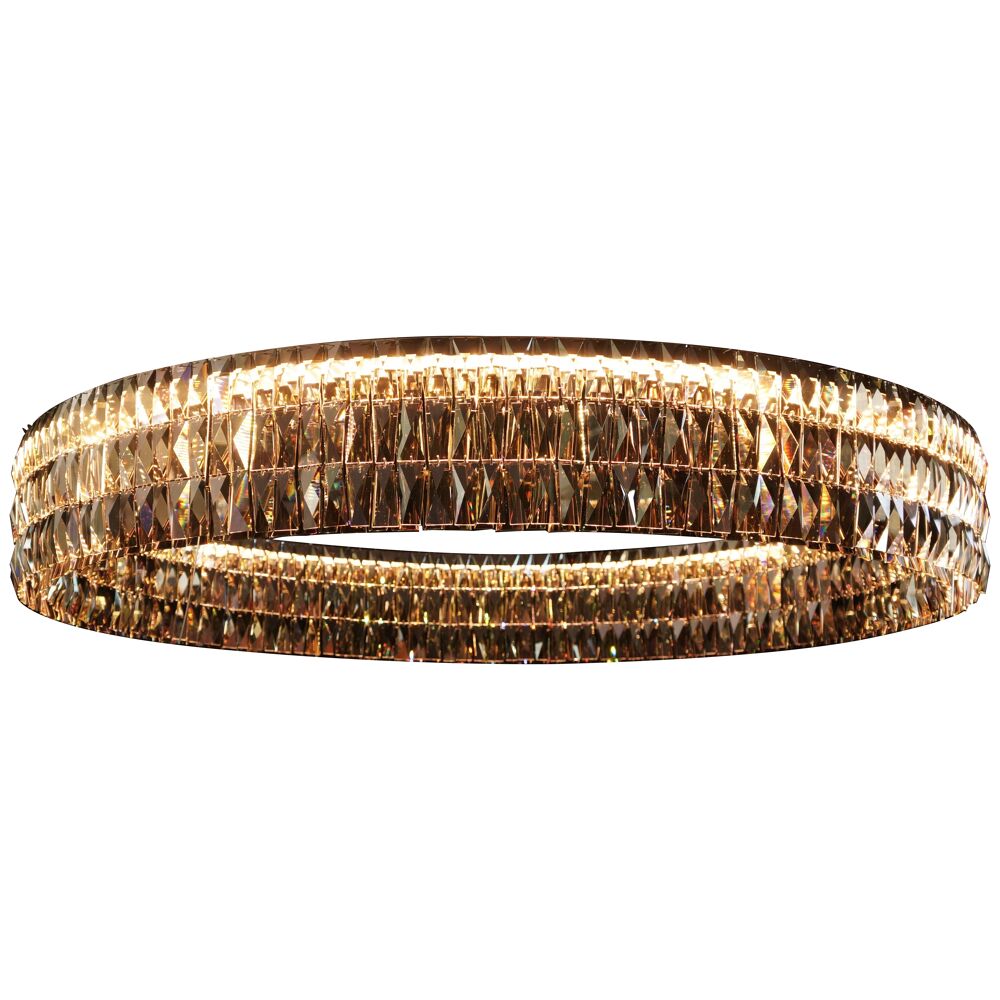
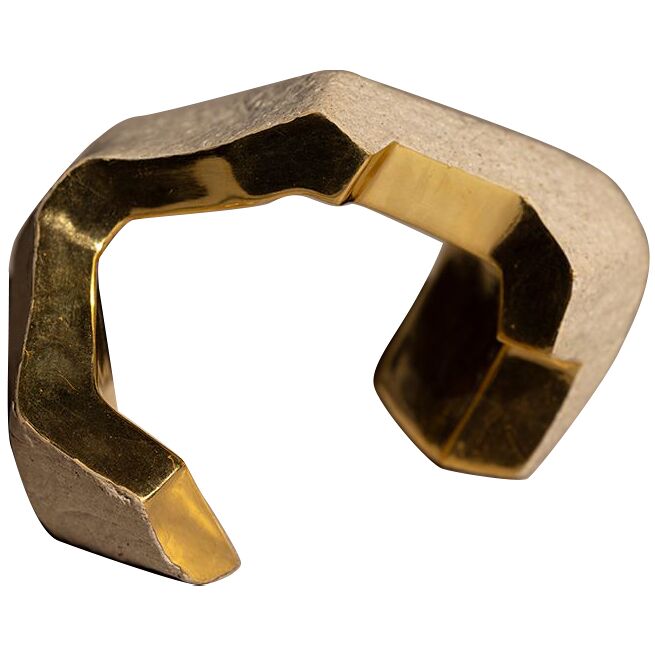
Referring to the gut feeling she gets when finding designers to work alongside, Friedmann feels optimistic and excited about the untapped wealth of talent she is yet to discover. “I can see clear growth,” she concludes. “The next decade will be very exciting!” And, as we witness the passion and dedication which has taken the gallery to this point, it is exciting to see this cross-cultural fusion of design continue to expand and blossom, helping to spotlight these regions as part of the global design agenda.
Effect Magazine is brought to you by Effetto



